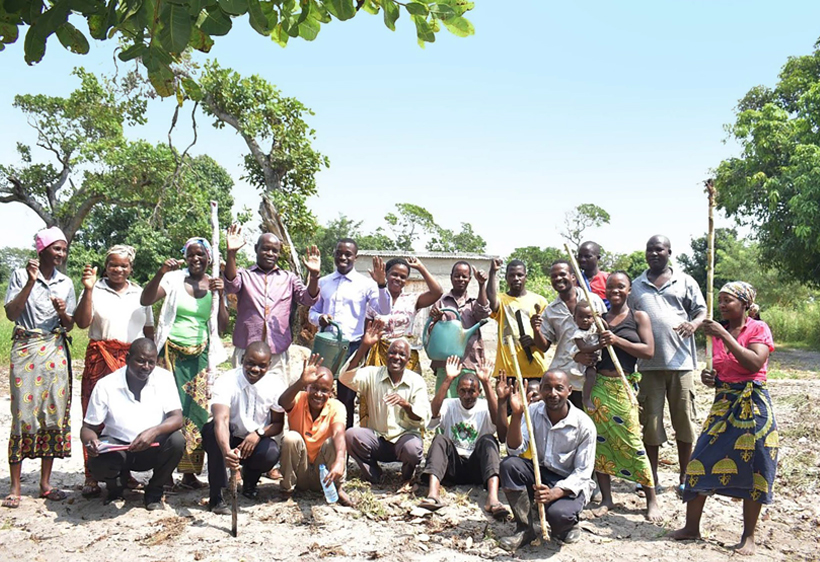The spread of COVID-19 throughout Southern Africa1 will worsen the region’s already dire conditions of food insecurity and malnutrition. The effects of climate change - persistent drought, flooding and pests – compounded by economic challenges, poverty, conflict and gaps in social accountability, have all contributed to an impending food crisis in the region. Close to 44.8 million people in Southern Africa are estimated to be food insecure as of July 2020; representing a 67% increase from 2017 (26.9 million people) and a jump of 10% from just a year ago (41.2 million people) (SADC 2020). The disruptions resulting from COVID-19 will significantly increase food and nutrition insecurity, worsen the already stressed and ill-equipped health services in the region, undermine the capacity of people to work and earn a living, and further threaten political and social stability (FAO-WFP 2020). COVID-19 restrictions have reduced food access through limiting the movement of persons and commodities, as well as cross-border and national business transactions, which the majority of people depend on for their livelihoods. Hunger will become more apparent among urban dwellers, reliant on the market for their food needs, as well as rural households that depend on remittances, tourism and school feeding programmes. Signs of urban hunger are already obvious, with 11.1 million people reported to be struggling to access food. In rural areas, at least 33.6 million people are currently food insecure – based on the little data available for assessment. The numbers of people expected to be hungry will significantly increase between November 2020 to January 2021, when most smallholder farming families will have exhausted their own food stocks, many earlier than planned (SADC 2020).
Despite higher than usual maize harvests in the region this year, existing ‘stressed’ and ‘crisis’ levels of food insecurity are expected to persist or worsen over the coming months in parts of DRC, Lesotho, Madagascar, Malawi, Mozambique, Namibia, Zambia and Zimbabwe. The next level ‘emergency’ – just one away from ‘famine’ – has been predicted in parts of DRC and Zimbabwe (FAO 2020e; FEWS.NET 2020a, 2020b, 2020c; FNSWG 2020; SADC 2020).2 In Zimbabwe, the most severely affected country, the number of food insecure people is likely to increase almost 50% by the end of 2020. About 8.6 million people, including 5.3 million people in rural areas and 3.3 million people in urban areas, or 60% of the population, is expected be food insecure (OCHA 2020). This policy brief, presented by ActionAid International (AAI) and Eastern and Southern Africa Small-Scale Farmers’ Forum (ESAFF) – through the Partnership for Social Accountability (PSA) Alliance – argues that COVID-19 has exposed the existing systemic weaknesses of regional policies meant to develop resilient food security in the Southern African Development Community (SADC).


